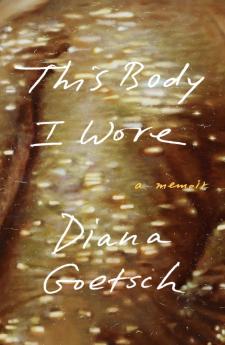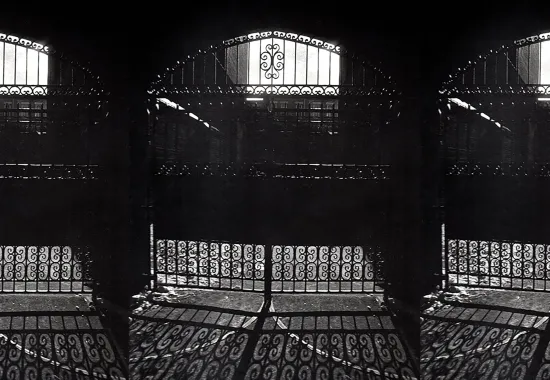A Review of This Body I Wore by Diana Goetsch

With these fresh (note: not new) salvos against transgender identities and bodily autonomy underway, Diana Goetsch’s This Body I Wore, a memoir about her long journey to come out to the world (and herself) as a woman, serves as a reminder on the realities of growing up trans. Not that Goetsch’s work is any kind of political screed, and anyone who takes it as such is more likely signaling their own hang-ups as opposed to giving this book an honest reading.
Diana Goetsch has published numerous poetry chapbooks and collections, most of them under the name Douglas Goetsch, as well as articles in The New Yorker and a series, Life in Transition in The American Scholar, documenting her gender-affirming surgery. This writing expertise shows not only at the sentence level of the book, but in the way Goetsch brings a level of reflection, introspection and even compassion to the events of her life. She points out her horrors: abuse (emotional, physical and sexual), bullying, and how she needed to hide her identity even from people she worked closely with, like the writer William Zinsser. But she also brings us the triumphs of late-night NYC hangouts where she would go in her crossdressing identity, Tina, finding solace among the queer community and other trans men and women before there was familiar language for them to identify themselves.
Though it may be sad to say that we need a book that shows us a trans woman as being, well, a person, Goetsch does not stop at that baseline.
Goetsch’s journey is of course serpentine at best, with years of being mislabeled a gay man or guarding herself against others because of being so unclear about who she was. In the course of this self-discovery we also get her insights about writing poetry, about teaching, as well her practice of Buddhism. But there is nothing messy or serpentine about the structuring of the book itself. Goetsch starts the book in the 1980s, when she braved going out as a woman in New York City at night while teaching as Douglas during the day at Stuyvesant high school, to then take us back into her childhood in the 1960s, to let us see the early seeds of her divide, finding herself labeled a boy though feeling much more of a connection to women while also dealing with a family life that was abusive and emotionally deprived. The book then moves forward to the steps she took to embrace her own identity and express it openly, including the realization of her identity during Buddhist practice. Goetsch takes us honestly through her transitioning, the places and occasions she could comfortably be Diana, and where she knew she had best be Doug, until the Diana days became the norm, and thankfully so, as the advent of full-time Diana days created the space that this memoir could come from. The book as a whole works on a common thread of secrets--parents and girlfriends and colleagues who keep things from others (including themselves)--and the damage those secrets cause.
If Goetsch’s book can be read as any kind of political statement, it is probably the one we could best use: confessional, reflective and detailed. Though it may be sad to say that we need a book that shows us a trans woman as being, well, a person, Goetsch does not stop at that baseline. This Body I Wore is an accounting of the finding of oneself philosophically, artistically and socially.






